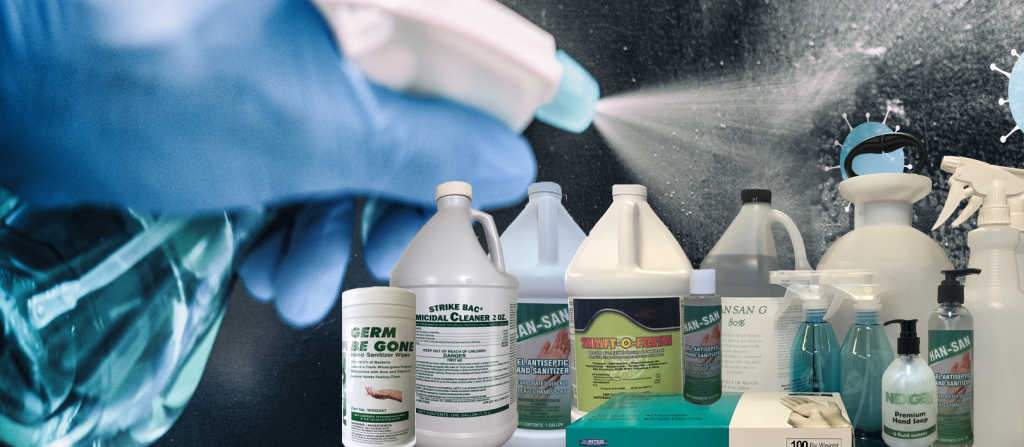Uncategorized
Cleaning vs. Disinfecting
What do I need to do to be safe without creating extra work
for my limited staff?
As workplaces around the nation start reopening for business with the lifting of some requirements meant to limit the spread of coronavirus, the U.S. Environmental Protection Agency and Centers for Disease Control released tips to help people properly clean and disinfect public spaces. As a business, making a good first impression is very important when customers can return to your facilities after COVID. Make sure they want to return again and again by ensuring things are clean and welcoming. Proper and effective cleaning and disinfecting are important to help prevent the spread of COVID-19 so we can continue to remain open.
What is the difference between cleaning and disinfecting?
“Cleaning” is simply removing dirt and impurities from surfaces. It doesn’t kill germs, but it decreases the number of germs on surfaces, helping reduce the risk of infection.
“Disinfecting” refers to killing germs, usually with chemicals like disinfectants or germicides. The surface may not necessarily look cleaner, and the germs may still be present, but they will be dead.
The best approach is cleaning then disinfecting where needed. Clean surfaces to remove the bulk of the germs and to get rid of dirt. Then disinfect surfaces to kill any germs that may remain. Many areas may be fine with a regular cleaning. If nobody has been in your place of business for 7 days, your normal cleaning routine will suffice (Corona Virus has not been found to live on surfaces more than 7 days). Outside spaces require normal cleaning so they do not need to be disinfected. It hasn’t been proven that disinfecting sidewalks, playground equipment, or wooden outdoor surfaces is effective. Save disinfectant for places where it will help. Things that get touched a lot over the course of the day need to be disinfected regularly. Here are some good candidates for disinfection once people return and begin to carry out day to day activities:
- Light switches
- Doorknobs
- Faucet handles
- Refrigerator door handles
- Handrails
- Tables
- Counters
- Shared computer keyboards or touch screens and telephones
- Surfaces that come into contact with customers, such as gym equipment, or furniture in a dining or waiting room
*For electronics—tablets, touch screens, keyboards, ATMs, remote controls, and more—use an alcohol-based wipe or spray with at least 70% alcohol.
*For fabrics, wash them on the warmest water setting appropriate for the fabric in question. Dry them completely. (Sunlight and heat both reduce the time that SARS-CoV-2 survives on surfaces and objects.)
*Be sure to also clean and disinfect any carts or hampers that carry laundry. It doesn’t do any good to wash a bunch of sheets and then put them right back into a contaminated hamper.
Stay safe. Don’t mix bleach or other cleaning and disinfection products together because they can produce fumes that may be dangerous to breathe in.
We can all do our part to stay open and lessen restrictions.

